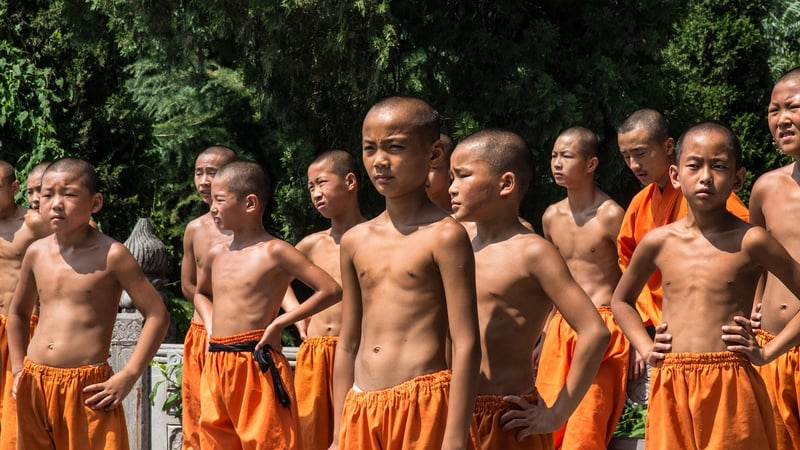Chen Style Tai Chi
The Ancient Art of Chen Style Tai Chi
Originating from Chinese martial arts, Tai Chi is a graceful form of exercise characterized by slow and deliberate movements. Among the various styles of Tai Chi, Chen Style Tai Chi is renowned for its martial arts applications and its deep-rooted history.
History of Chen Style Tai Chi
Chen Style Tai Chi is the oldest form of Tai Chi, dating back to the 17th century in Chenjiagou, Wenxian County, Henan Province, China. It was created by Chen Wangting, a Ming Dynasty general, who combined martial arts techniques with the principles of traditional Chinese medicine and philosophy.
Characteristics of Chen Style Tai Chi
Chen Style Tai Chi is known for its explosive power, silk-reeling movements, and low stances. Practitioners focus on building internal strength, improving flexibility, and cultivating mindfulness. The form includes slow, flowing movements interspersed with sudden bursts of energy, making it an effective martial art and a holistic exercise for health and well-being.
Benefits of Practicing Chen Style Tai Chi
- Improves balance and coordination
- Enhances flexibility and range of motion
- Reduces stress and anxiety
- Strengthens muscles and bones
- Boosts energy levels
Getting Started with Chen Style Tai Chi
If you are interested in learning Chen Style Tai Chi, look for certified instructors or reputable schools that offer classes. Beginners can start with basic movements and gradually progress to more advanced forms. Practice regularly to experience the full benefits of this ancient martial art.
Experience the Harmony of Body and Mind
Chen Style Tai Chi is not just a physical exercise but a way of life that promotes harmony between body and mind. By practicing this ancient art form, you can embark on a journey of self-discovery, inner peace, and holistic well-being.

Embark on the path of Chen Style Tai Chi today and discover the timeless wisdom of this ancient martial art!
For more information on Chen Style Tai Chi, visit Chen Style Tai Chi Wikipedia.
